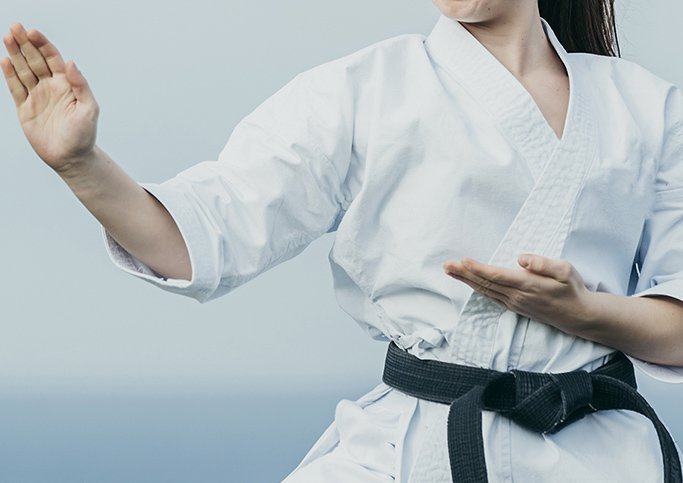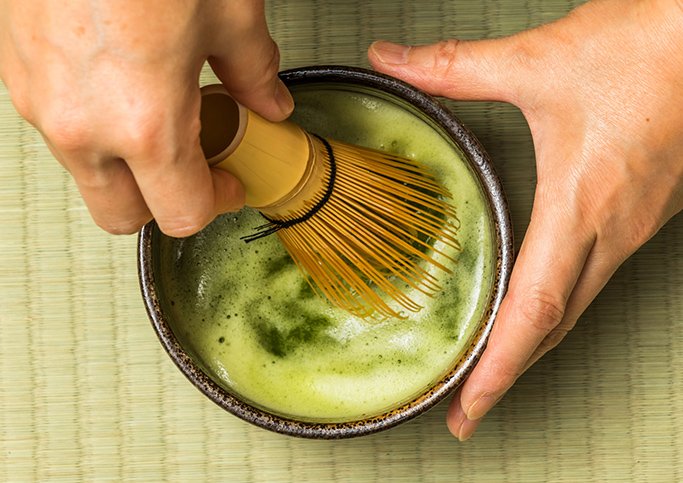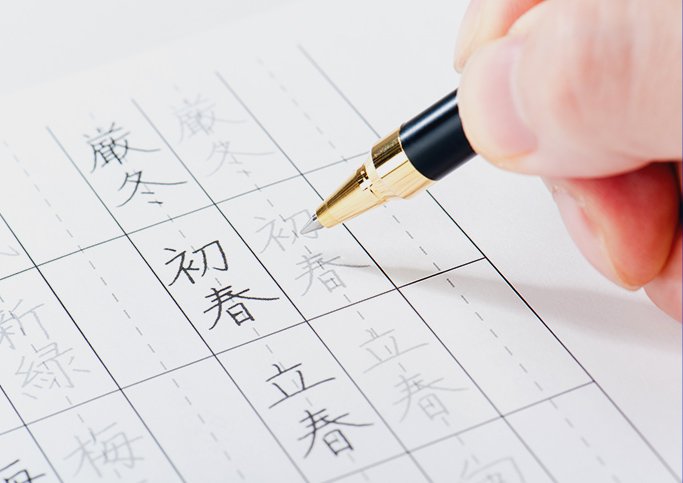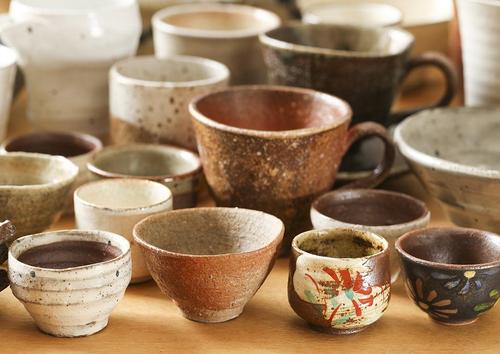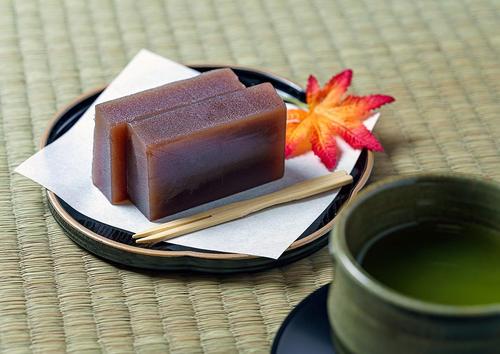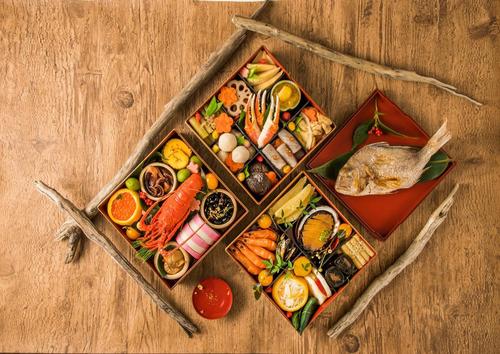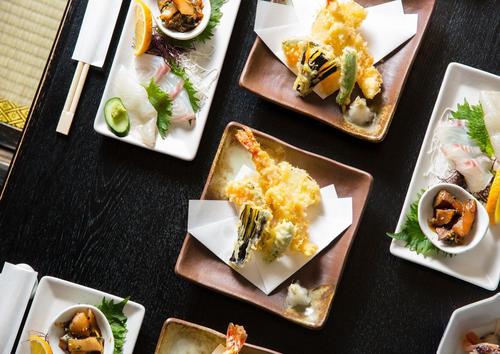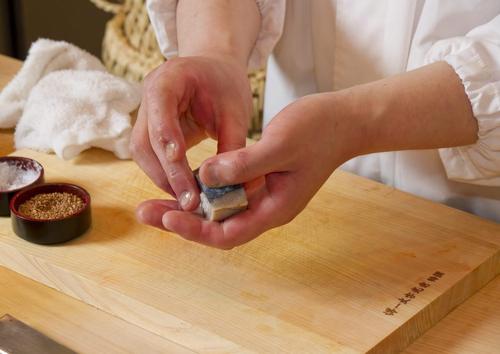
congratulations
What is the definition and history of sushi as Japanese culture? Explains courtesy and manners when eating sushi
11/27/2020
"Sushi" is now synonymous with Japanese culture. Against the backdrop of the global Japanese food boom, the number of Japanese restaurants, including sushi restaurants, has exceeded 150,000 worldwide. However, no matter how Japanese people are, not many people have a good understanding of the definition and history of sushi.
In this article, we will explain sushi as a Japanese culture in general, including general definitions and types of sushi, roots, courtesy and etiquette when eating. Please use this article as a tip to help you enjoy sushi more deliciously and enjoyably.
Sushi as Japanese culture
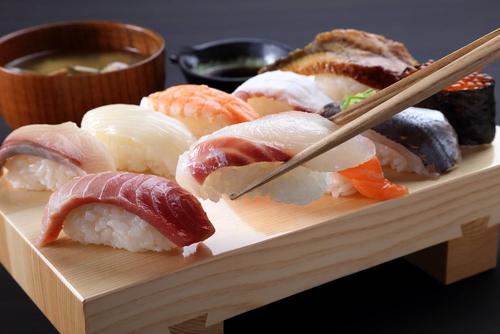
First of all, let's hold down the basic knowledge in order to grasp the whole picture of sushi as Japanese culture.
General definition of sushi and typical types
First, I will explain the definition of sushi.
Generally, Japanese food that combines "Shari" (vinegared rice) and "Neta" (incredients; mainly seafood) is called sushi. In addition to fresh seafood, it is not uncommon for ingredients such as meat, vegetables, and eggs to be used as ingredients.
In addition, there are many different types of sushi. California rolls overseas are a good example, but the ingredients and notations used vary by region and store.
The major types of sushi are as follows.
- Hand-rolled sushi
- Sushi rolls
- Oshizushi
- chirashi sushi
- Stick sushi
- Inari sushi
- Hand-rolled sushi
- Warship
Three typical notations in sushi
"Sushi" may be referred to as "鮓" or "鮓" in addition to the "寿司" used in this article. Let's check the differences and features of each.
- 寿司
Currently, it is the most major notation. It is widely used because it is derived from the Ateji that was made in the Edo period and can be used regardless of the material or type.
- 鮓
Of the three types, "Sushi" is the oldest notation. Originally, it means sushi made by fermentation, and inherits the etymology of sushi, which is "sour (= sour)".
- 鮓
It is the second oldest notation of "sushi". It is often used in Edomae sushi and also has the meaning of referring to itself.
History of sushi as Japanese culture

In Japan, sushi boasts a history and culture of over a thousand years. Next, I will touch on the surprisingly unknown roots of sushi.
The origin of sushi is a fermented food called Nare Zushi in Southeast Asia.
In fact, the birthplace of sushi is not Japan, but Southeast Asia. It is said that the origin of sushi is a fermented food called "Nare Zushi", which was devised by the people who lived in the mountainous areas at that time as a method for long-term preservation of fish that was difficult to obtain. I will.
In Japan, a ripe sushi that was presented to the imperial court as a tribute during the Nara period. I feel the remnants of those days in pressed sushi and box sushi in modern times, but when we entered the Kamakura period, ripe sushi made from leftover fish began to appear.
It was during the Edo period that sushi approached its current style
In the middle of the Edo period, when rice vinegar became popular, "Haya-zushi" that did not need to be fermented was born. The time has come when you can eat sushi immediately without waiting.
In the latter half of the Edo period, nigiri sushi was invented, but because it was about the size of a rice ball, it was cut and eaten. The modern style of two pieces on one plate is a remnant of those days.
Sashimi began to be used in the material after the Meiji era
Since the 30th year of the Meiji era, when the ice-making industry flourished, along with the development of fishing methods and distribution, sushi restaurants that could not handle raw sashimi until now can now store the ingredients by cooling them with ice.
The method of applying boiled soy sauce to the ingredients, which is common in modern times, is a style established in this era.
Time has advanced, and the early Taisho era. Electric refrigerators have been introduced in sushi restaurants, and the types of ingredients have increased one after another, and the size has become smaller.
After that, it is said that Edomae sushi spread to rural areas as sushi chefs were scattered all over the country due to the Great Kanto Earthquake.
[If you read the article, may you know the meaning of this KARUTA? ]
In the Showa era, when the threshold was high at one point, the situation was broken by the appearance of conveyor belt sushi.
Sushi has made good progress, but the situation changed in the Showa period. During the period of high economic miracle, for hygiene reasons, the traditional sushi restaurants that were major food stalls will be abolished.
However, in 1958, the first conveyor belt sushi in history opened in Osaka, and sushi has regained its position as a popular food.
Affordable modern sushi exists in response to this historical trend.
Courtesy and etiquette when eating sushi as Japanese culture
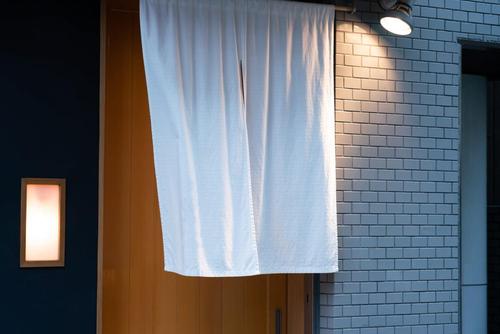
You cannot talk about sushi as a Japanese culture without the courtesy and manners of eating. It may seem a little stiff, but it's like a secret to enjoying a sushi restaurant, so let's check the points one by one.
Talk to the craftsman
When you visit a sushi restaurant that is close to the sushi chef, please talk to them. The hurdles may seem high, but you can enjoy a more fulfilling meal by listening to the recommendations of the day and telling your favorite foods and allergies.
The sushi chef has a quiet image, but there are many people who like talking unexpectedly, so why not take the courage and take on the challenge?
Eat nigiri sushi with your hands, not with chopsticks
In some cultures, hand-held meals are not welcomed, and nowadays it is common to eat sushi with chopsticks even in Japan. Of course, how to eat is personal preference, but if you are comfortable with it, please pick it up and taste it.
In fact, the sushi that the sushi chef puts his skill into sushi is delicately adjusted to the amount of air so that it melts just right when you put it in your mouth.
Therefore, if you accidentally grab the chopsticks with force, they will lose their shape and you will miss the opportunity to enjoy the special taste.
[Do you care about Japan? Would you like to learn Japanese together? ]
Eat nigiri sushi in one bite
In Europe and the United States, there is the idea of one spoon, but sushi is often seasoned with the assumption that it will be eaten in one bite. Some sushi chefs change the size of the nigiri according to the customer, such as making it smaller for women.
Soy sauce should be added to the ingredients, not the rice
At sushi restaurants where the sushi chef holds the sushi in front of you, there are cases where the sushi is served with sauce applied. This is a consideration to prevent the unnecessarily strong seasoning and shape loss that occur when soy sauce is added to the rice.
For this reason, it is said that it is good manners at sushi restaurants to add soy sauce only to the ingredients.
Summary
Sushi, which has a deep history and various etiquette, is very profound. Whether it's conveyor belt sushi or a high-end restaurant, you may be able to enjoy the charm of sushi even more if you remember and practice the courtesy and manners of eating sushi.
This article is a partial re-edit of the article published in Nihongo Biyori by KARUTA.
Unauthorized reproduction or use of the contents, text, images, illustrations, etc. of this site is strictly prohibited.
CATEGORIES
FEATURED TAGS
RECOMMENDATION
-
 報BUSINESS TERMS
報BUSINESS TERMSWhat is ”Ho-Ren-So”, one of the basic manners when working in Japan?
10/30/2020
-
 伝WORDS & GRAMMAR
伝WORDS & GRAMMARWhat is easy Japanese?
10/30/2020
-
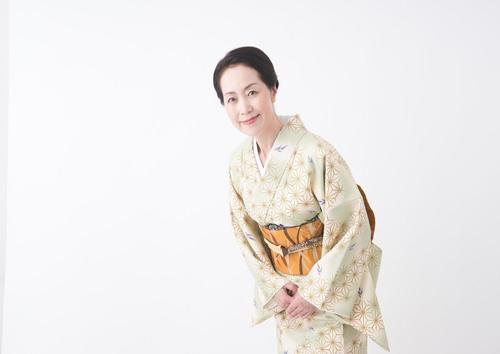 礼MANNERS
礼MANNERSJapanese greeting customs and origins. What are the greetings from other countries?
10/30/2020
-
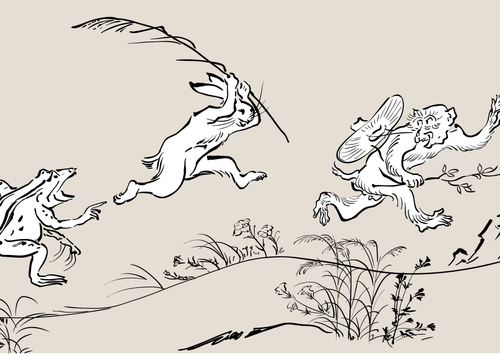 戯COMIC & GAME
戯COMIC & GAMEThe roots of animation and manga? Introducing bird and beast caricatures
10/30/2020
-
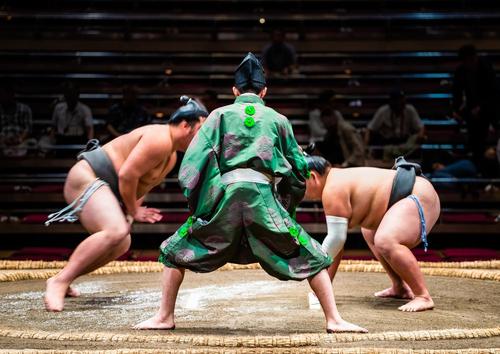 戦SPORTS
戦SPORTSThe history of sumo goes back to the mythical world! ?? Transition from myth to modern times
10/30/2020
LET’S PLAY
KARUTA!
Do you know the meaning of this...
NEXT...
FURTHER EXPLORATION
INTERESTED
IN JAPAN?
WHY DON’T YOU
LEARN JAPANESE WITH US?
START LEARNING
JAPANESE
WITH HUMAN ACADEMY!
ONE OF
THE MOST POPULAR
JAPANESE
LANGUAGE SCHOOLS
JAPANESE
LANGUAGE SCHOOL
OFFERING EXCELLENT
DETAILED LESSONS

ONLINE SCHOOL
- Learn with your classmates from all over the world
- Variety of Courses for All Needs
- FREE Trial Lesson available

TOKYO, OSAKA
- Offer the Best Curriculum for You
- Make New Japanese Learning Friends
- Many Opportunities to Practice Japanese
MAKE FURTHER
STEPS
WITH HUMAN ACADEMY!
ONE OF
THE MOST POPULAR
JAPANESE
LANGUAGE SCHOOLS
JAPANESE
LANGUAGE SCHOOL
PRODUCING MANY
JLPT N1 CERTIFIED
STUDENTS!

ONLINE SCHOOL
- Learn with your classmates from all over the world
- Variety of Courses for All Needs
- FREE Trial Lesson available

TOKYO, OSAKA
- Support Your Higher Goal of Japanese Learning
- Perfect Environment for Japanese Learners
- Learn with Your New Japanese Study Mates




